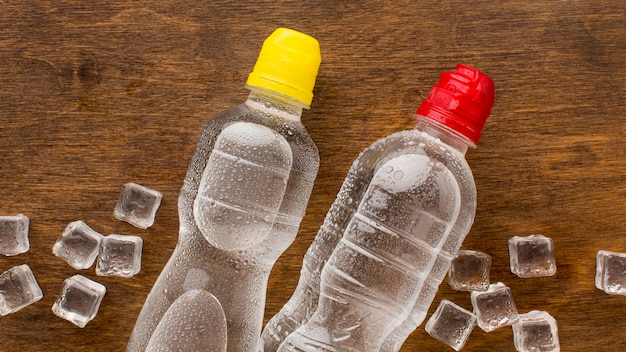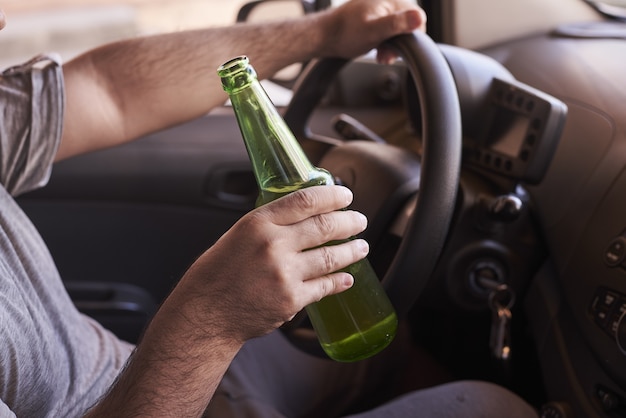It's a common sight: a plastic water bottle left in a hot car, on a sunbaked dashboard, or near a grill during a summer barbecue. While it might seem harmless, mounting scientific evidence reveals a troubling truth—exposing plastic bottles to high temperatures can release billions of microscopic particles and harmful chemicals into the water you drink.
Recent research has uncovered that heat dramatically increases the shedding of microplastics from plastic bottles. These tiny fragments, often invisible to the naked eye, can accumulate in the body over time. But that’s not all—elevated temperatures also accelerate the leaching of chemical additives used in plastic manufacturing, such as antimony, a metalloid used in the production of polyethylene terephthalate (PET) bottles.
When plastic bottles are exposed to temperatures above 70°C (158°F), the polymer structure begins to degrade. This thermal stress causes the plastic to break down, releasing microplastic particles into the liquid. A 2024 study published in Environmental Science & Technology found that water stored in PET bottles at high temperatures contained over 240 billion microplastic fragments per liter—more than 55 times the amount found in bottles kept at room temperature.
These microplastics range in size from micrometers to nanometers. Because of their small size, they can pass through biological barriers and potentially accumulate in organs, including the liver, kidneys, and even the brain. While long-term health effects in humans are still being studied, animal models have shown inflammation, oxidative stress, and metabolic disruption linked to microplastic exposure.

Beyond microplastics, heat promotes the migration of chemical additives from the plastic into the water. One of the most concerning is antimony trioxide, a catalyst used in PET production. Under normal conditions, antimony levels in bottled water are typically below regulatory limits. However, when bottles are exposed to prolonged heat—such as being left in a car on a hot day—antimony concentrations can spike significantly.
Studies have shown that antimony levels in water from heated PET bottles can exceed the World Health Organization’s (WHO) recommended limit of 20 micrograms per liter. Chronic exposure to high levels of antimony has been associated with gastrointestinal issues, respiratory problems, and potential carcinogenic effects, although more research is needed to fully understand human health risks at low-dose, long-term exposure.
Other additives, such as phthalates and bisphenols (though less common in PET), may also leach under extreme conditions. These compounds are known endocrine disruptors, capable of interfering with hormone function even at very low concentrations.
Many everyday situations can create the perfect conditions for microplastic and chemical release:
Even short-term exposure—such as a bottle sitting in a hot car for a few hours—can significantly increase contaminant levels. The longer the exposure and the higher the temperature, the greater the risk.

While bottled water offers convenience, it’s worth considering safer alternatives, especially in hot environments:
The issue extends beyond personal health. Microplastics from degraded bottles contribute to environmental pollution, entering waterways and food chains. As plastic waste continues to accumulate globally, reducing single-use plastic consumption is a critical step toward protecting both human and planetary health.
Regulatory agencies and manufacturers are beginning to respond, with some countries reevaluating plastic safety standards under real-world usage conditions. However, consumer awareness and behavior change remain essential.
The convenience of plastic water bottles comes with hidden costs. When exposed to heat, these containers can release billions of microplastic particles and elevate levels of potentially harmful chemicals like antimony. While occasional exposure may not pose an immediate threat, repeated or prolonged contact increases health risks.
By understanding the science and making informed choices—such as switching to heat-resistant containers and avoiding plastic in hot environments—we can reduce our exposure and promote long-term well-being. The next time you reach for a bottle of water on a hot day, think twice about where it’s been—and what might be inside.

Health

Health

Health

Health

Health

Fitness

Health

Health